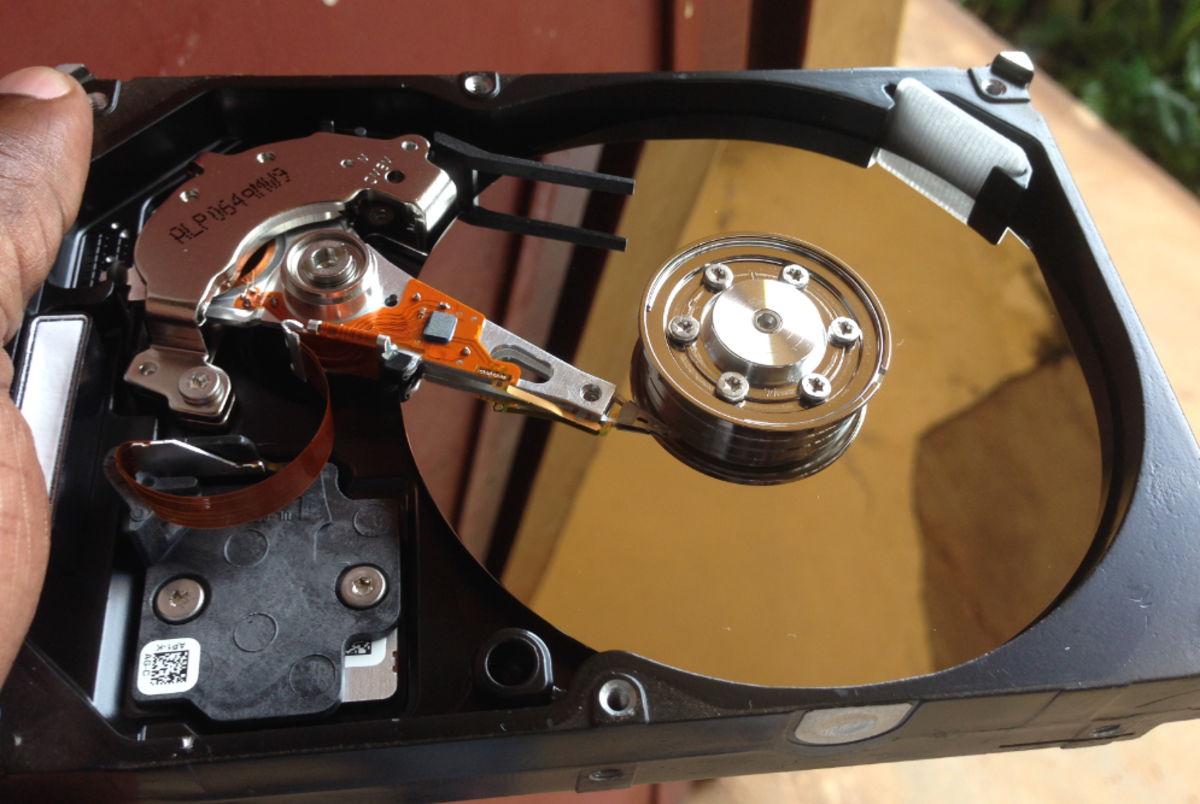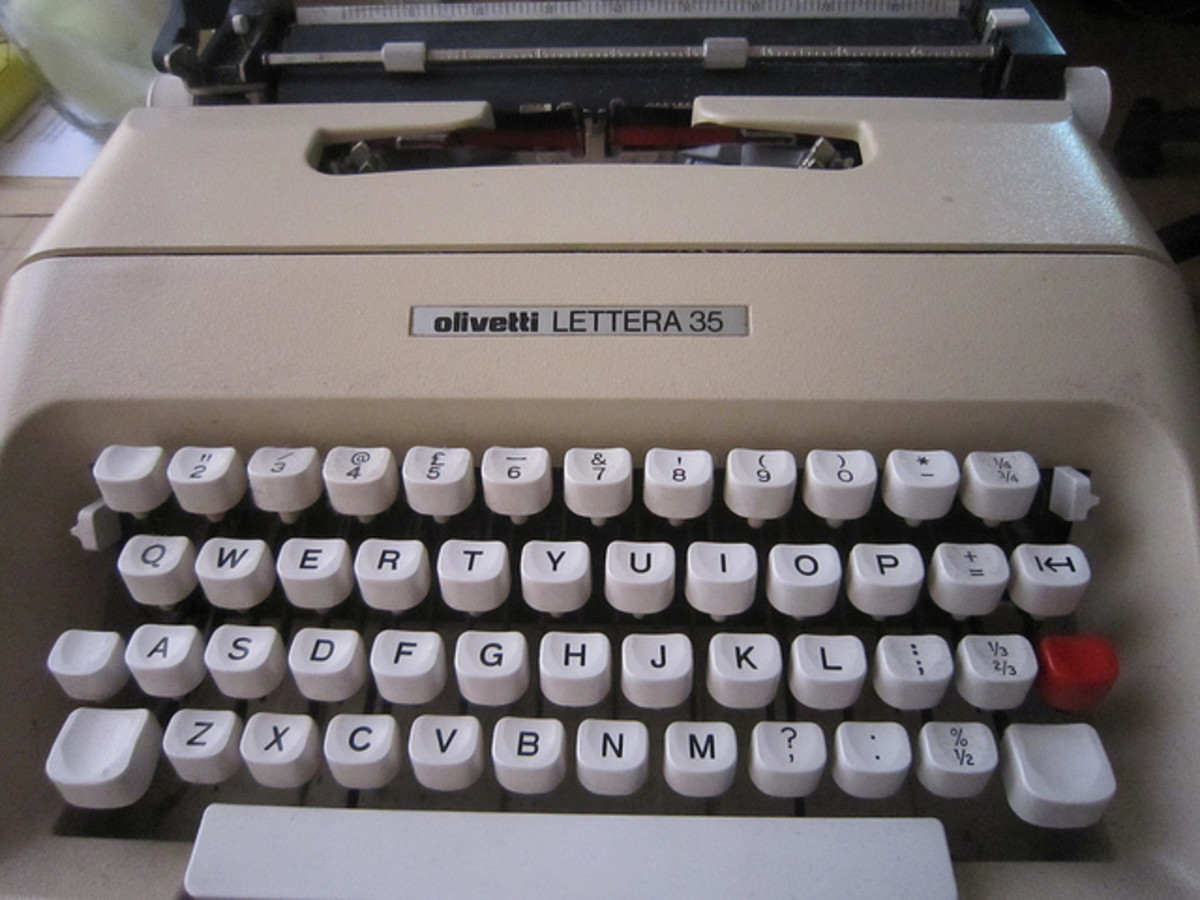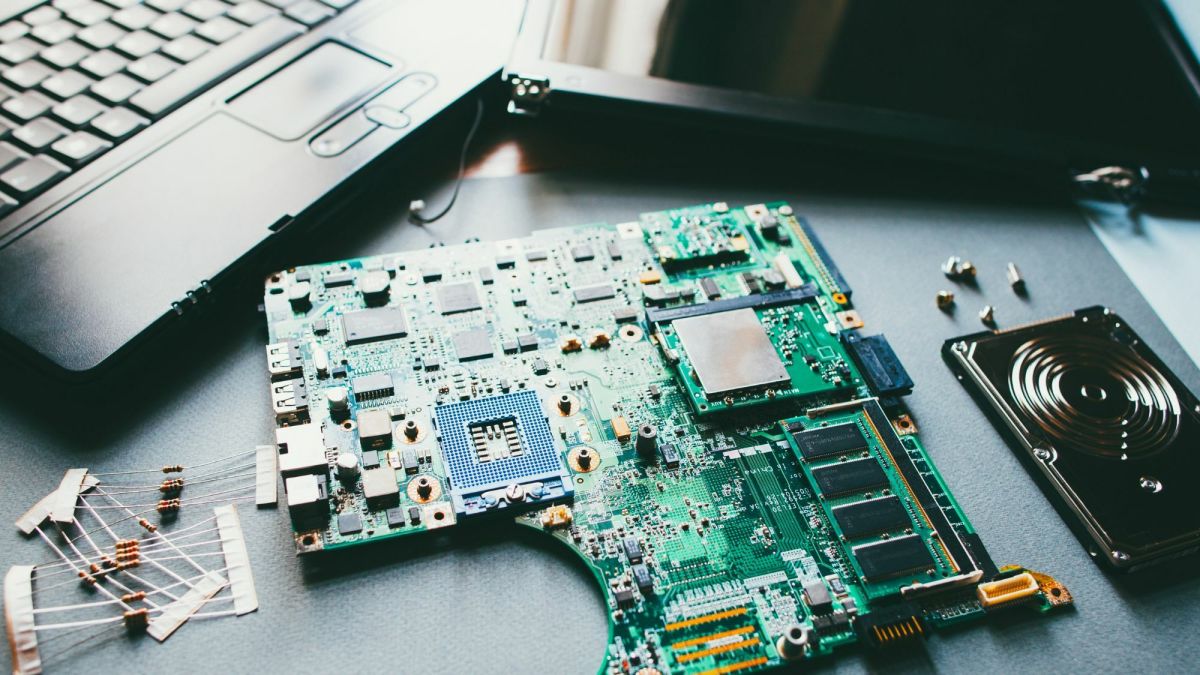How to Fdisk Utility to Partition and Format Your Hard Disc
FDISK utility to Partition
How to Use FDISK Utility to Partition and Format Your Hard Disk: A Step-by-Step Guide
Disk partitioning is a crucial step in preparing your hard disk for use. It involves creating distinct sections on the disk that function as independent drives, such as Drive E:, F:, and C:. While different operating systems may have varying approaches to partitioning, this article will focus on using the FDISK utility for partitioning in the Windows family of operating systems.
Please note that the FDISK utility is typically used after the installation of the operating system. Here's a step-by-step guide on how to use FDISK to partition your hard disk:
Step 1: Open the FDISK Utility
To access the FDISK utility, open the command prompt by typing "cmd" in the search bar or selecting the Command Prompt application. Once the command prompt is open, type the following command:
A:> fdisk
This command will launch the FDISK menu.
Step 2: Navigate the FDISK Menu
Once you're in the FDISK menu, you'll be presented with several options. Here's a brief overview of the available options:
Create partitions: This option allows you to create new partitions on your hard disk.
Set partition as active: This option enables you to modify the settings of the BIOS boot sequence.
Delete partition: Use this option to delete existing partitions.
Display partition information: This option provides you with information about the partitions on your hard disk.
For the purpose of partitioning a newly purchased hard disk, choose option 1 from the menu.
Step 3: Create Partitions
After selecting option 1, you'll be prompted to create the following types of partitions:
Primary DOS partition: This partition contains the startup files and programs, typically referred to as Drive C. If you want to create additional drives such as Drive D, E, or F, you'll need to choose the extended DOS partition.
Extended DOS partition: This partition allows for the creation of logical DOS partitions within it. If you want to subdivide your extended DOS partition, choose this option.
Logical DOS partition: Use this option to create logical partitions within the extended DOS partition.
Step 4: Delete Partitions
If you ever need to delete a partition, choose option 3 from the FDISK menu. It's important to note that when deleting a primary partition, you must first delete the extended DOS partition.
Step 5: Format the Partition
Before you can use a partition, it needs to be formatted to make it usable by the operating system. Formatting a partition involves creating four distinct areas on the partition drive:
a) Master boot record: This sector contains the partition table and other relevant information associated with the partition.
b) Boot record: The boot record sector contains disk information and code used in conjunction with the operating system and MS-DOS for both cold booting and warm booting the computer. It also includes a short machine code to load the operating system.
c) File Allocation Table (FAT): The FAT stores an entry for each cluster on the disk, indicating whether it is already in use (storing user data) or free for use (storing new files or part of an old file). The values in the FAT also indicate if a cluster is marked as unusable due to faulty sectors.
d) Data area: This area is used for storing data files, directories, and subdirectories.
By following these steps, you can effectively use the FDISK utility to partition and format your hard disk, ensuring its usability and optimal performance. Remember to exercise caution when making changes to your hard disk, as any errors or improper configurations can result in data loss or system instability.
In conclusion, utilizing the FDISK utility to partition and format your hard disk is a crucial step in preparing it for use. By creating partitions and formatting them correctly, you ensure that your operating system can effectively utilize the disk's storage space. Following the step-by-step guide provided in this article will enable you to navigate the FDISK menu, create partitions, delete partitions if needed, and format the partitions for optimal usability.
It's important to approach partitioning and formatting with caution, as any mistakes can lead to data loss or system instability. Take the time to understand the process and double-check your actions before proceeding. Remember, disk partitioning allows you to organize your storage effectively and maximize the performance of your computer system.
By partitioning and formatting your hard disk correctly using the FDISK utility, you can unleash the full potential of your storage and ensure smooth operations for your operating system.
This content is accurate and true to the best of the author’s knowledge and is not meant to substitute for formal and individualized advice from a qualified professional.
© 2008 oderog





